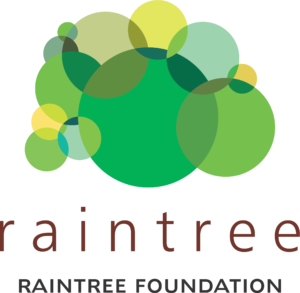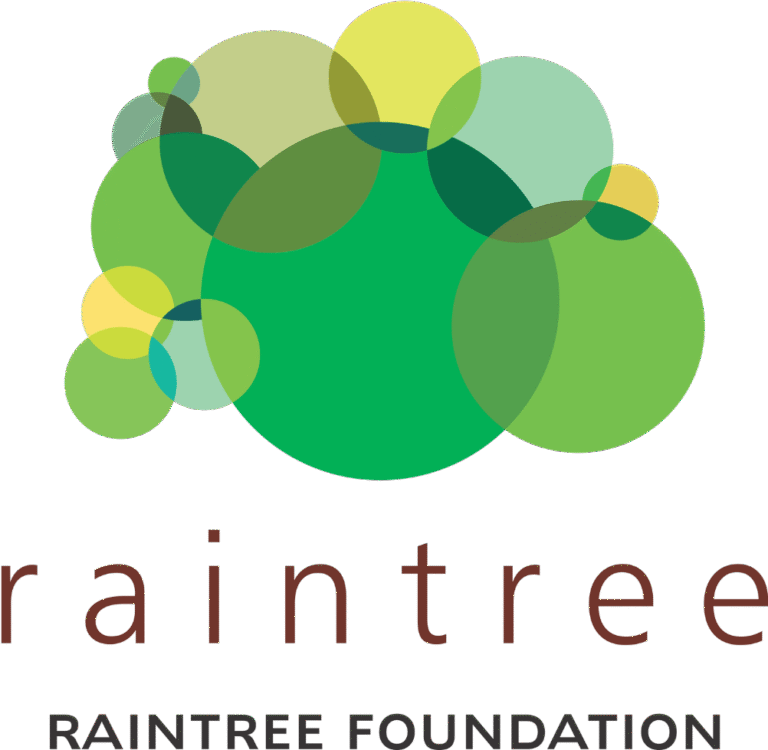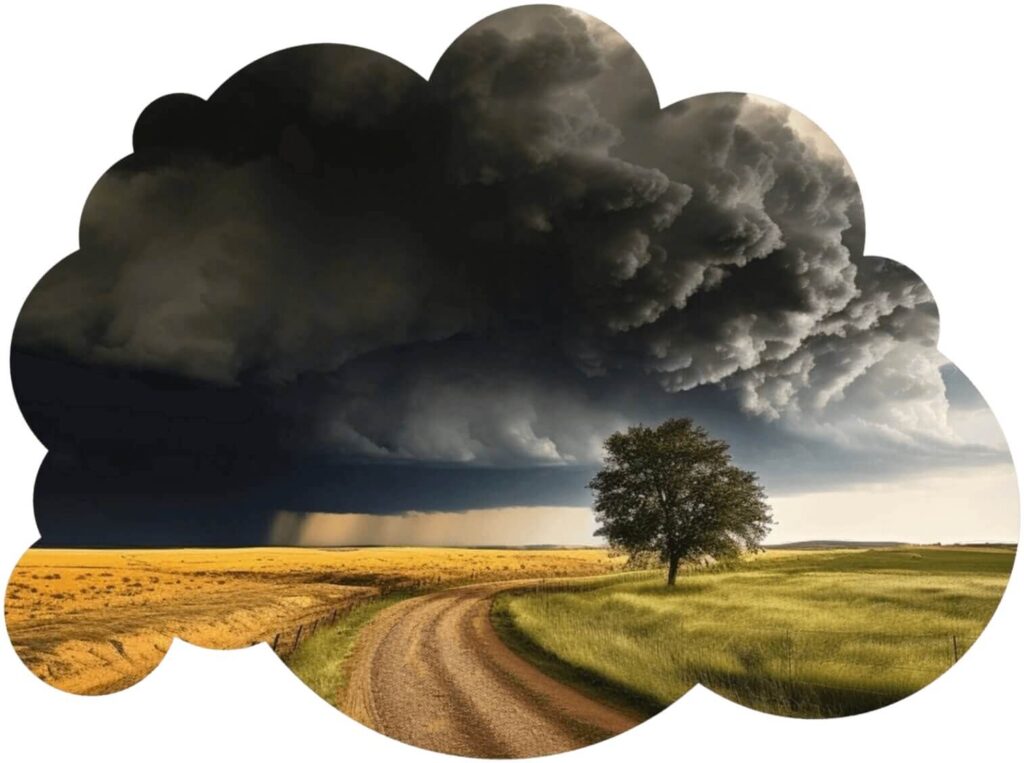Knowledge Centre
January 2025
Promoting Community-Based Conservation: An Interview with Dr. Girish Jathar, Expert in Biodiversity Conservation

About Dr. Girish Jathar:
Dr. Girish Jathar is the Deputy Director at Srushti Conservation Foundation and a seasoned expert in biodiversity conservation with over 22 years of experience. His work encompasses threatened bird ecology, satellite tracking, ecological niche modeling, system dynamics, environmental and climate change education, and he has authored more than 50 publications in these fields. Recognized with accolades such as the Ravisankaran Fellowship and Maharashtra’s “Young Ornithologist State Award,” Dr. Jathar has made significant contributions to conservation science.
He actively collaborates with the IUCN Species Survival Commission, Bustard Specialist Group, and Global Owl Project, while also serving on the editorial board of Indian Birds. Inspired by his early passion for birdwatching and nature camps, Dr. Jathar has dedicated his career to safeguarding biodiversity and fostering a deeper understanding of ecological balance.
How do you promote symbiotic growth between communities and natural ecosystems in your work?
When we involve local communities through awareness programs, participatory surveys and workshops, something amazing happens—they begin to see the value of the natural ecosystems around them in a whole new way. They don’t just become observers; they turn into active participants in protecting and nurturing their surroundings. For example, activities like creating a People’s Biodiversity Register give them a hands-on role in monitoring local biodiversity. It’s incredible to see how this fosters a deeper connection to nature and a sense of pride in being part of its conservation.
In your view, what are the most significant threats to global biodiversity today? How do issues like climate change, deforestation, and pollution impact biodiversity conservation efforts?
The main threats to global biodiversity today include habitat loss, invasive species, climate change, pollution, and resource overuse. Climate change accelerates habitat shifts, pushing species toward extinction, while deforestation destroys biodiversity hotspots. Pollution disrupts ecosystems by contaminating essential resources like soil, water, and air.
In my biodiversity assessment work, these issues highlight the need for a holistic conservation approach. We must address human impacts and integrate sustainable development to protect the delicate balance of our natural world.
What role do invasive species play in biodiversity loss, and what strategies are being implemented to control them?
Invasive species threaten biodiversity by outcompeting native species for resources and disrupting ecosystems. My work focuses on early detection and monitoring to prevent escalation. Key strategies include habitat restoration, promoting native species, and engaging local communities. Raising awareness empowers people to manage invasive species, showing how small, local actions can significantly protect ecosystem balance.
How has systems thinking helped solve a complex environmental issue in your work? How do you encourage a systems-thinking approach within a team or organization?
Systems thinking plays a crucial role in tackling the complex challenges of biodiversity conservation. In my projects, for example, I have used this approach to balance development and ecological Conservation. Within my teams, I always encourage collaboration across disciplines and emphasize holistic problem-solving. By considering ecological, social, and economic factors together, we can come up with solutions that are not only effective but also sustainable in the long run. It is this interconnected way of thinking that makes meaningful conservation possible.
What emerging technologies or innovations do you think will shape the future of biodiversity conservation?
Technology is transforming the way we monitor and manage biodiversity. Tools like remote sensing, GIS, satellite tracking, camera traps, acoustic surveys, and AI make it easier to study wildlife and ecosystems in ways we couldn’t before. Techniques like DNA barcoding and ecological niche modelling are also helping us plan more effective conservation efforts.
In my projects, I have used many of these technologies to collect and analyze data, giving us the insights we need to create practical and impactful conservation strategies. It’s exciting to see how technology is opening up new possibilities for protecting our natural world.
How can we engage with the youth in the communities, so they be empowered to take up roles in community-based conservation efforts?
To engage youth in community-based conservation efforts, it’s vital to create opportunities that connect them with their culture and environment. Activities like the People’s Biodiversity Register (PBR) can be powerful tools, as they evoke childhood memories and cultural stories tied to nature, fostering a sense of belonging and responsibility.
Additionally, involving youth in roles such as members of the Biodiversity Management Committee (BMC) can empower them as stakeholders. Unlike older generations, who may focus on sharing information, youth bring energy, practical ideas, and a long-term commitment to conservation. Giving them decision-making powers within BMCs or similar platforms can enhance their engagement and instill pride in contributing to their communities.
What are some practical ways that local communities can help protect endangered species in their region, even if they don’t have formal training in conservation?
Local communities can play a crucial role in protecting endangered species by focusing on two key approaches:
- Celebrating Local Heroes: Recognizing individuals who actively protect endangered species or mitigate forest fires can inspire the community. Honoring conservation efforts sparks pride and a collective responsibility to safeguard local wildlife.
- Linking Conservation to Livelihoods: Connecting conservation with community benefits, such as eco-tourism, can create lasting impact. When conservation directly supports livelihoods, like a family benefiting from visitors coming to see a rare species, it fosters a personal connection and encourages active participation in protecting the natural heritage.
How do you view The Raintree Foundation’s mission, vision, and goal, and in what ways do you believe its approach will shape the future of biodiversity conservation and environmental sustainability?
The Raintree Foundation’s focus on community-based sustainable development aligns with my conservation values. Their work in rural development, water management, biodiversity conservation, and sustainable agriculture emphasizes that communities and ecosystems thrive together. The foundation’s integrated approach tackles both development and conservation challenges, empowering local communities with innovative practices.
By combining biodiversity protection with socio-economic development, Raintree is shaping a sustainable future. Their holistic, forward-thinking approach is both inspiring and impactful on a global scale.
To subscribe to our Newsletter



